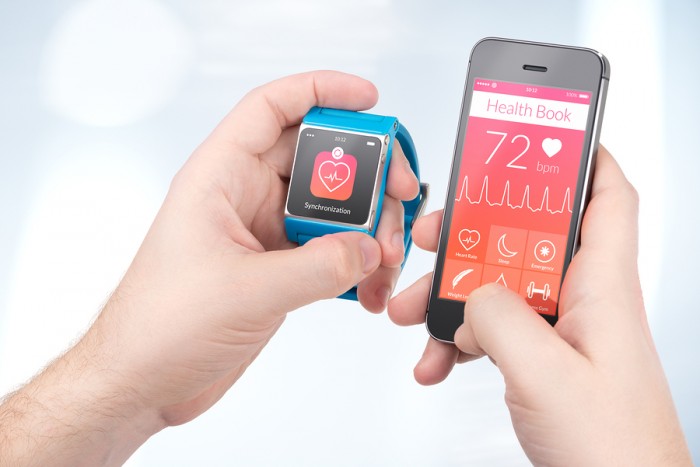
Researchers at the University of Cambridge have developed a new kind of transistor that can dramatically expand the life of an independent heart monitor, for example. It is a mechanism that emits ultralow amounts of electricity – perfect for small, ‘passive’ devices that need only collect or send data.
Wearable health-tracking wristbands, watches and smartphone apps have been expanding swiftly in recent years thanks to an upswing in Bluetooth applications. Apps are also able to simplify otherwise costly medical recordings and precautions.
We’ve previously looked at a few such entrants to the personal health tech world, including the Proximity Care button that brings easy-living to dementia patients, the iBeat heart-monitoring smart watch, the ELF emmit headband that reduces stress and the Kinduct software package, which simplifies athlete training data.
That so many products have been developed to aid recovery and track wellbeing show that the demand for independent health monitoring is higher now than ever before. ABI Research has projected that by the end of 2016, the sales of wireless personal health devices will have surpassed the 100 million mark globally.
There is a rising desire to measure one’s own recuperation post-hospitalisation too, as some devices enable the patient to survey their own cardiovascular status, blood pressure and even brain functionality while cutting down on expensive doctors’ visits.
Theo Ahadome, a senior researcher at IMS Research, described this proliferation of medical technology to Information Week.
"There is increasing clinical evidence of the value of continuous physiological data in managing chronic diseases and monitoring patients' post-hospitalisation. As a result, a growing number of medical devices are becoming wearable, including glucose monitors, ECG monitors, pulse oximeters, and blood pressure monitors," he said.
Most of these innovations depend on Bluetooth connectivity as it provides seamless data recording and transmission from the device to the caregiver or consultant. Another integral part of wearable tech is the battery power that allows it to operate independently – and now, engineers have designed a battery alternative that will further advance these products.
The tech was developed to work in a similar way to how computers function in sleep mode. The new transistor makes use of a minuscule trickle of electricity (also known as near-off-state current) as opposed to a high-speed silo of power like a conventional battery. The minor energy leak is part of any transistor’s design, but this is the first time that engineers have harnessed it to be a defining feature.
This slow, weak current can be used to keep implantable medical devices or exterior health gadgets going for years without running out of power. The new transistor is simple enough to be printed on a host of different materials and can be scaled down appropriately to minimise discomfort in the wearer.
Arokia Nathan, a researcher of the University of Cambridge’s Department of Engineering, said, “We're challenging conventional perception of how a transistor should be. We've found that these [electrical leakages], which most engineers try to avoid, actually have the ideal characteristics for the type of ultralow power applications we're looking at, such as wearable or implantable electronics for health monitoring."
Professor Gehan Amaratunga, Head of Electronics at the same institution, agreed that the new transistor is optimal for the growing market of personal health tech.
"This is an ingenious transistor concept," he said, "This type of ultra-low power operation is a prerequisite for many of the new ubiquitous electronics applications, where what matters is function… without the demand for speed.”
Image by Totalshape.com






